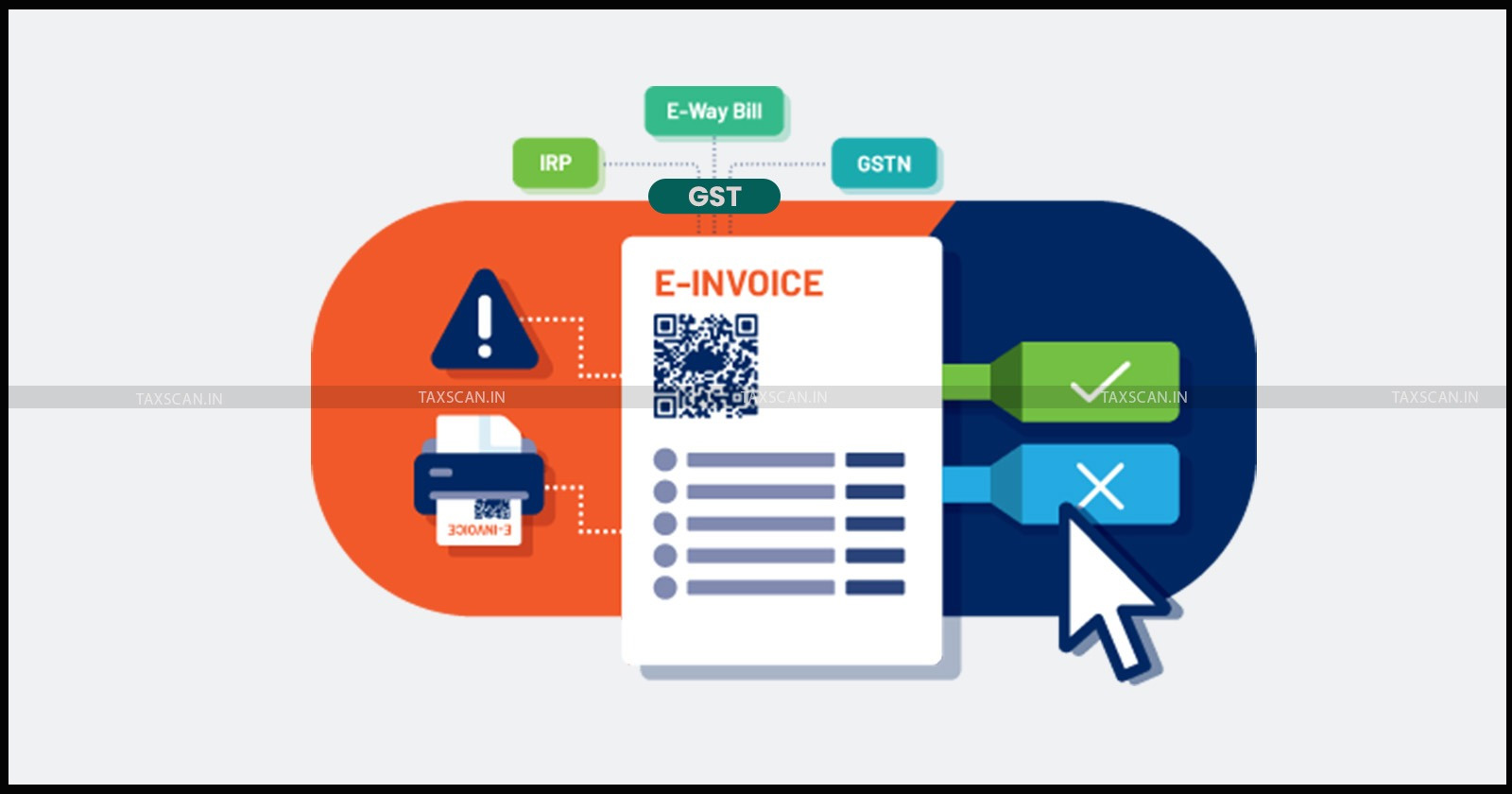E-Invoice Mandate for same PAN but Different GSTIN: Here's What You Need to Know
Section 25(4) of the Central Goods and Services Tax Act, 2017 provides that each GSTIN shall be treated distinctly for entities having more than one GSTIN

The Implementation of e-invoicing has been a pioneering change in the applicability of the Goods and Services Tax (GST) Regime in how businesses handle their invoicing processes. While the system streamlines by employing digital mechanisms, there has been confusion regarding its applicability when a company operates under the same PAN but has different GSTINs for its various business verticals or locations. Read on to know more.
Understanding E-Invoicing
E-invoicing refers to the electronic generation and reporting of invoices for B2B (business-to-business) transactions to the government. The e-invoicing system implemented from 1st October, 2020 required applicable taxpayers with an annual aggregate turnover of ₹500 crore or more to generate and report invoices for B2B (business-to-business) transactions to the government.
E-Invoicing aims to minimize human errors and implement a seamless process in filing GST Returns, while also curbing tax evasion by mandating that every invoice be authenticated by the GST Network (GSTN).
Who is it applicable to?
Initially, e-invoicing was made mandatory for companies with annual aggregate turnover of Rs.500 crore or above but the limit has since been lowered to include companies with turnover of Rs.5 crore or more.
The e-invoice mandate applies to businesses on the basis of their PAN (Permanent Account Number). This means that the aggregate turnover for the purpose of determining e-invoice applicability is calculated at the PAN level, not at the GSTIN level. As a result, even if a company has multiple GSTINs (for different locations or business verticals), if the total turnover across all GSTINs under the same PAN exceeds the threshold, e-invoicing becomes mandatory for all of them.
Are You Ready for Invoice Management 2.0? Join our live webinar now
Liability of businesses to file e-invoices are mandated on the basis of their PAN (Permanent Account Number). Since aggregate turnover of an entity is calculated based on the transactions linked to their PAN and not GSTIN, if a company has multiple GSTINs for different locations or verticals and they exceed the turnover threshold, e-invoicing becomes mandatory for all the companies.
Therefore, e-invoicing becomes mandatory if the cumulative annual turnover of a company, including all its branches and/or verticals exceeds Rs.5 crores.
How does it impact Businesses?
The mandate would require businesses with multiple GSTINs under the same PAN to adopt a centralized e-invoice Management system to ensure that invoices from all GSTINs are duly reported to the Invoice Registration Portal (IRP).
The e-invoice mandate is a means for ensuring that the accounting and invoicing processes of businesses have been converted to accommodate the generation and submission of e-invoices, while ensuring that a trained workforce is maintained by every qualifying company.
Issuance of e-invoices for companies with different GSTINs under the same PAN is mandated by taking into account the definition of “Distinct Persons” under the GST Act. Section 25(4) of the CGST Act, 2017 provides:
Section 25. Procedure for registration.- (4) A person who has obtained or is required to obtain more than one registration, whether in one State or Union territory or more than one State or Union territory shall, in respect of each such registration, be treated as distinct persons for the purposes of this Act.
Are You Ready for Invoice Management 2.0? Join our live webinar now
Exceptions
Supply of Taxable Service by Banks, Financial Institutions, Insurance Companies, SEZ Units and Goods or Passenger Transport Agencies are exempt from the mandate to issue e-invoice under the GST regime.
Consequences of Non-Compliance
Non-generation of e-invoice by an entity whose annual turnover exceeds the threshold limit shall be liable to pay a penalty of Rs.10,000 or 100% of the tax payable, whichever is higher.
The e-invoice concept, being an important tenet of the GST regime requires businesses to comply with the mandate failing which, they may lose their ability to avail Input Tax Credit.
Conclusion
Businesses must ensure that they have the necessary systems, processes, and awareness in place to meet the statutory e-invoicing requirements and avoid penalties for non-compliance.
By staying informed and prepared, businesses can smoothly transition to e-invoicing and take full advantage of the benefits offered by the digitalization of the invoicing process.
Support our journalism by subscribing to Taxscan premium. Follow us on Telegram for quick updates


